Podcasting, once an obscure method of spreading audio information, has become a recognized medium for distributing audio content, whether for corporate or personal use. Podcasts are similar to radio programs in form, but they exist as audio files that can be played at a listener’s convenience, anytime or anywhere.
Things to know about Podcast
 A combination of “iPod” and “broadcast”. The term “podcasting” was first suggested by The Guardian columnist and BBC journalist Ben Hammersley, who invented it in early February 2004 while penning an article for The Guardian newspaper. The term was first used in the audio-blogging community in September 2004, when Danny Gregoire introduced it in a message to the iPodder-dev mailing list, from where it was adopted by Adam Curry. Despite the etymology, the content can be accessed using any computer or similar device that can play media files. Use of the term “podcast” predated Apple’s addition of formal support for podcasting to the iPod, or its iTunes software.
A combination of “iPod” and “broadcast”. The term “podcasting” was first suggested by The Guardian columnist and BBC journalist Ben Hammersley, who invented it in early February 2004 while penning an article for The Guardian newspaper. The term was first used in the audio-blogging community in September 2004, when Danny Gregoire introduced it in a message to the iPodder-dev mailing list, from where it was adopted by Adam Curry. Despite the etymology, the content can be accessed using any computer or similar device that can play media files. Use of the term “podcast” predated Apple’s addition of formal support for podcasting to the iPod, or its iTunes software. 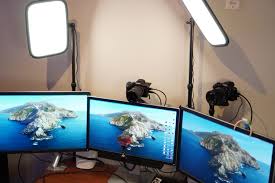
Other names for podcasting include “net cast”, intended as a vendor-neutral term without the loose reference to the Apple iPod. This name is used by shows from the TWiT.tv network. Some sources have also suggested the backronym “portable on demand” or “POD”, for similar reasons.
- Episodes: A podcast is an episodic series of spoken word digital audio files that a user can download to a personal device for easy listening. Streaming applications and podcasting services provide a convenient, integrated way to manage a personal consumption queue across many podcast sources and playback devices.

- Series: A podcast series usually features one or more recurring hosts engaged in a discussion about a particular topic or current event. Discussion and content within a podcast can range from carefully scripted to totally improvised. Podcasts combine elaborate and artistic sound production with thematic concerns ranging from scientific research to slice-of-life journalism. Many podcast series provide an associated website with links and show notes, guest biographies, transcripts, additional resources, commentary, and even a community forum dedicated to discussing the show’s content.
- Cost: The cost to the consumer is low. While many podcasts are free to download, others are underwritten by corporations or sponsored, with the inclusion of commercial advertisements. In other cases, a podcast could also be a business venture supported by some combination of a paid subscription model, advertising or product delivered after sale.
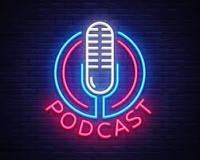
- Create motivation: People are motivated to create a podcast for a number of reasons. The podcast producer, who is often the podcast host as well, may wish to express a personal passion, increase professional visibility, enter into a social network of influencers or influential ideas, cultivate a community of like-minded viewership, or put forward pedagogical or ideological ideas (possibly under philanthropic support).Because podcast content is often free or, at the very least, affordable for the average podcast consumer, podcasting is often classified as a disruptive medium, which is adverse to the maintenance of traditional revenue models. Long-running podcasts with a substantial back catalog are amenable to binge consumption.
Choosing the right lighting
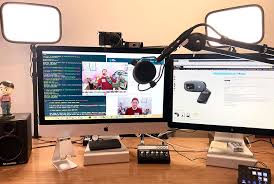 Photographic lighting is the illumination of scenes to be photographed. A photograph simply records patterns of light, color, and shade; lighting is all-important in controlling the image. In many cases even illumination is desired to give an accurate rendition of the scene. In other cases the direction, brightness, and color of light are manipulated for effect. Lighting is particularly important for monochrome photography, where there is no color information, only the interplay of highlights and shadows. Lighting and exposure are used to create effects such as low-key and high-key, not to exclude the use of three-point lighting.
Photographic lighting is the illumination of scenes to be photographed. A photograph simply records patterns of light, color, and shade; lighting is all-important in controlling the image. In many cases even illumination is desired to give an accurate rendition of the scene. In other cases the direction, brightness, and color of light are manipulated for effect. Lighting is particularly important for monochrome photography, where there is no color information, only the interplay of highlights and shadows. Lighting and exposure are used to create effects such as low-key and high-key, not to exclude the use of three-point lighting.
- Photography: is the art, application and practice of creating durable images by recording light or other electromagnetic radiation, either electronically by means of an image sensor, or chemically by means of a light-sensitive material such as photographic film. It is employed in many fields of science, manufacturing, and business, as well as its more direct uses for art, film and video production, recreational purposes, hobby, and mass communication.
- Monochrome photography: A mono-chromic image is composed of one color. The term monochrome comes from the Ancient Greek: monochromos, lit. ‘having one color’.
- Highlights & Shadows: A shadow is a dark area where light from a light source is blocked by an opaque object. It occupies all of the three-dimensional volume behind an object with light in front of it.
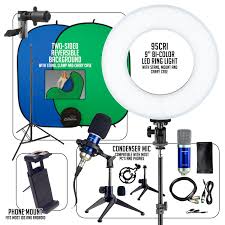 The cross section of a shadow is a two-dimensional silhouette, or a reverse projection of the object blocking the light.
The cross section of a shadow is a two-dimensional silhouette, or a reverse projection of the object blocking the light. - Exposure: In photography, exposure is the amount of light per unit area reaching a frame of photographic film or the surface of an electronic image sensor, as determined by shutter speed, lens aperture, and scene luminance. Exposure is measured in lux seconds, and can be computed from exposure value (EV) and scene luminance in a specified region.
- Low-key lighting: is a style of lighting for photography, film or television. It is a necessary element in creating a chiaroscuro effect. Traditional photographic lighting, three-point lighting uses a key light, a fill light and a back light for illumination. Low-key lighting often uses only a key light, optionally controlled with a fill light or a simple reflector.
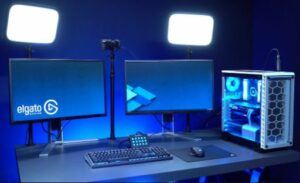 High-key lighting: is a style of lighting for film, television, or photography that aims to reduce the lighting ratio present in the scene. This was originally done partly for technological reasons, since early film and television did not deal well with high contrast ratios, but now is used to suggest an upbeat mood. It is often used in sitcoms and comedies. High-key lighting is usually quite homogeneous and free from dark shadows. The terminology comes from the higher balance in the ratio between the key light and the fill light in a traditional three point lighting setup.
High-key lighting: is a style of lighting for film, television, or photography that aims to reduce the lighting ratio present in the scene. This was originally done partly for technological reasons, since early film and television did not deal well with high contrast ratios, but now is used to suggest an upbeat mood. It is often used in sitcoms and comedies. High-key lighting is usually quite homogeneous and free from dark shadows. The terminology comes from the higher balance in the ratio between the key light and the fill light in a traditional three point lighting setup. Three-point lighting is a standard method used in visual media such as theater, video, film, still photography and computer-generated imagery. By using three separate positions, the photographer can illuminate the shot’s subject however desired, while also controlling the shading and shadows produced by direct lighting.
Three-point lighting is a standard method used in visual media such as theater, video, film, still photography and computer-generated imagery. By using three separate positions, the photographer can illuminate the shot’s subject however desired, while also controlling the shading and shadows produced by direct lighting.
What makes lighting seem natural
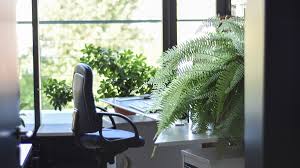 Natural and surreal are just different sides of the same cause and effect coin. Understanding what makes lighting seem natural makes it easier to understand how to create other desired reactions. Natural light usually comes from above, so strategies which place the key light below the face will appear to be unusual or unnatural. The brain adapts color perception in a way which makes color balance seem neutral on white clothing and faces. The eyes also adapt to brightness as they scan and usually perceive a full range of detail in most environments. Lighting a scene with a tonal range or color cast which is out of context with what would typically be expected will cause the viewer to notice the environment and make other than normal assumptions about it. It is also possible to create the impression of environmental context where none is seen in the photograph, such the look of a person standing under a streetlight at night by using a gridded flash attached to the ceiling of the studio with no fill source.
Natural and surreal are just different sides of the same cause and effect coin. Understanding what makes lighting seem natural makes it easier to understand how to create other desired reactions. Natural light usually comes from above, so strategies which place the key light below the face will appear to be unusual or unnatural. The brain adapts color perception in a way which makes color balance seem neutral on white clothing and faces. The eyes also adapt to brightness as they scan and usually perceive a full range of detail in most environments. Lighting a scene with a tonal range or color cast which is out of context with what would typically be expected will cause the viewer to notice the environment and make other than normal assumptions about it. It is also possible to create the impression of environmental context where none is seen in the photograph, such the look of a person standing under a streetlight at night by using a gridded flash attached to the ceiling of the studio with no fill source.
The choice is yours…
If you are not as familiar with podcast lighting, or consider yourself to be an amateur photographer, in need of a basic light kit, there are several inexpensive choices to choose from.
- QIAYA Selfie Light Ring Lights LED Circle Light Cell Phone Laptop Camera Photography Video Lighting Clip On Rechargeable by QIAYA
-
Emart 2 x 15W Table Top Photography Studio LED Lighting Kit with Light Stand Tripodby EMART
-
LimoStudio Photography Photo Portrait Studio 660W Day Light Umbrella Continuous Lighting Kit, LMS103by LimoStudio
Just to name a few ⇑
I hope that you have really enjoyed this post,
Please Leave All Comments in the Comment Box Below ↓

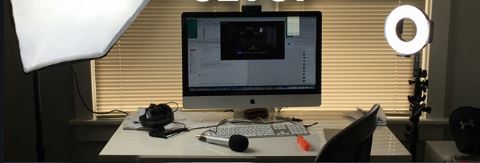

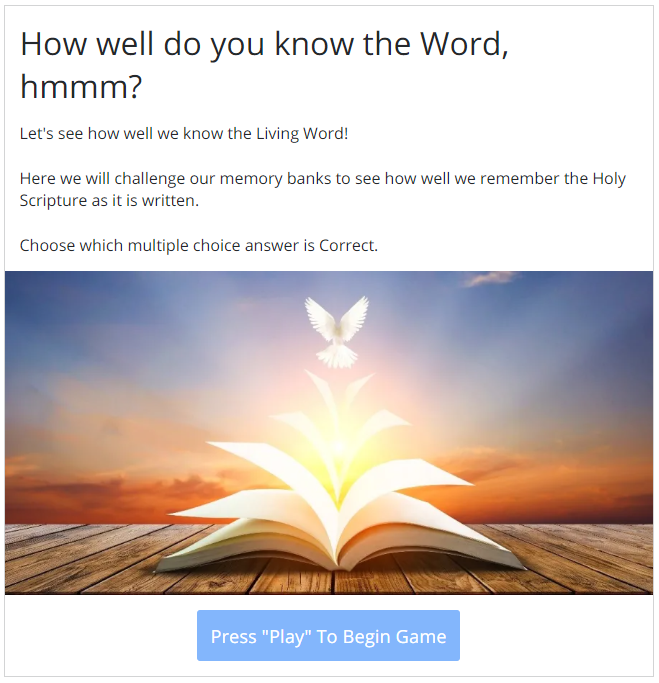
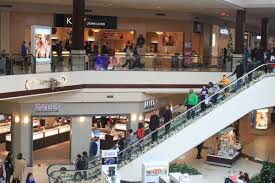

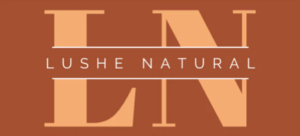


This is interesting,
I guess I never thought about lighting in the aspect of podcasting, but indeed, if you think about it – this is a mini recording studio so it does make sense to use proper techniques to straighten the effect.
Can you actually achieve same effects later on using computer programs (rather than purchasing expensive devices)?
Good day,
Thank you again for utilizing a portion of your time to read and comment on this Podcast – All Lit Up review. You can weigh pricing options by visiting JMJ45TECH’s ONLINE STORE for computer programs, all types of devices, It does not matter if you need clothing, car accessories, boat accessories, hair products, home supplies, and we even have a Whole Foods to serve your hunger needs.
Have A Blessing Filled Day!
Hello there!
This is an amazing review you have got here, I’m sure the quality information in this post will be of great help to anyone who come across as it is to me. One major reason I like Podcasting is that it is indeed a great way to reach an audience through an on demand medium.
Thanks!
Hello,
Thank you very much for all of your input on each article, and it truly means a lot to me to learn that you consider there to be amazing information jammed packed in this review.
I Hope The Best For You In Your Future Endeavors!
I have been looking into doing a podcast and I have found this information very useful.
I did not realize just how involved and how much equipment was necessary to do this. The biggest issue for me will be the lighting. My house is quite dark in places. These are excellent suggestions.
Thank you very much for sharing
Good day,
Thank you for committing a portion of your time to read, comment, and considering this information very useful. I really appreciate your remarks and it definitely pleases me to learn that these are considered excellent suggestions to you. This shows that progress is being made in the spreading of information contained in jmj45tech.com.
I Wish You Lots of Blessings on Your Journey!
Very interesting one to see here and I must say that I value it all a lot.
Being able to actually get into podcasting now can be a good thing considering its recent booming and all and how well it is growing. If I can, I will definitely try to get in it. The information you shared here can be very valuable especially when starting out with podcasting.
Thanks
Good day,
Thank you for reading, commenting on this article, and considering it a very interesting post. It is my pleasure to spread this information by using this technology, based platform to aid in the spreading of knowledge on Podcast – All Lit Up!
Wishing you much success ahead!
This is a very helpful post on podcasts and many of the terminology used around podcasts.
I was listening to my neighbour talking about her podcast production and switching to a different production team. One of the things that she mentioned was exploring new lighting and background options.
So I find it fascinating that lighting plays such a big roll in podcasts, as I always thought it was only the audio and voice settings that were really important.
I will be sharing this post with my neighbour to help her with her decisions.
Hello,
It pleases me to learn that you find this to be a very helpful post on podcasts and terminology used dealing with podcasts.
During my research, I found controlling the shading and shadows produced by direct lighting is a standard method called Three-Point Lighting. This is something that I never even though about.
Another method is the use of Accent Lighting. All of this was new to me.
I am glad to be able to help you with new information.
Thank you for commenting and sharing this post.
Many Blessings Unto You,
Jerry